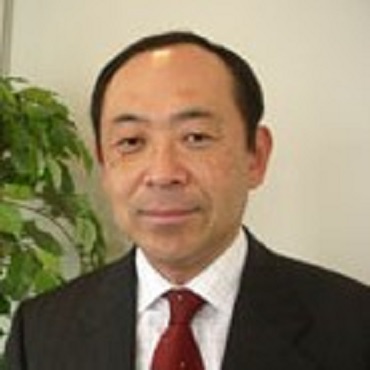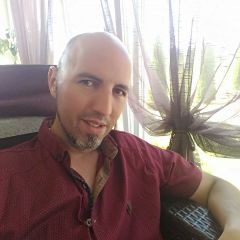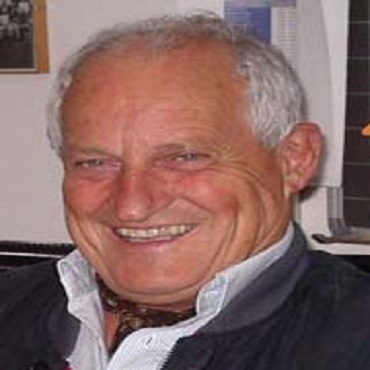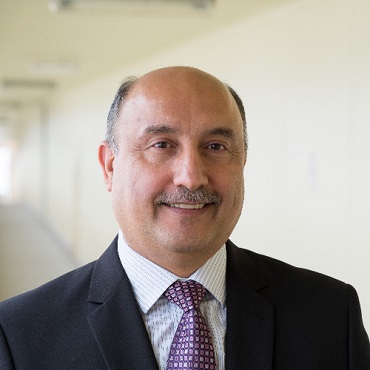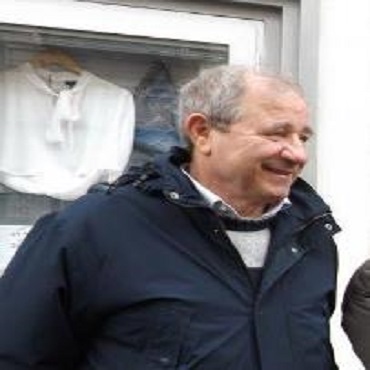Scientific Program
Keynote Session:
Title: Economically feasible mass treatment of municipal solid waste alternative to landfilling/incineration
Biography:
Dr. Kunio Yoshikawa was born in 1953 in Tokyo, Japan. He is a professor emeritus and researcher of Tokyo Institute of Technology and an associate editor of Applied Energy. His bachelor, master and doctor degrees were awarded from Tokyo Institute of Technology. His major fields are energy conversion, waste management and environmental engineering. He has been working in Tokyo Institute of Technology for more than 40 years as a research associate, an associate professor and a professor. He has published more than 200 journal papers with the major award of AIAA Best Paper Award, ASME James Harry Potter Gold Medal, JSME Environmental Technology Achievement Award and Best Educator Award of Tokyo Institute of Technology
Abstract:
In Japan, 1000tons/day (1,000,000 populations) Waste-to-Energy (WTE) plants cost about 500 million US$, whose capital, maintenance and operation costs are mainly covered by the tax income. In China, 1000tons/day (1,000,000 populations) WTE plants cost about 70 million US$ by the private sector investment with the income of about 20US$/ton tipping fee (1/3 of the income) and that of selling the electricity (2/3 of the income), and the number of big WTE plants are rapidly increasing in major cities. But for small-to-medium scale cities, there are no solutions for MSW treatment other than landfilling. In many developing countries, the tipping fee is still very low or even zero, and there are not so strong incentive policies to promote installation of WTE plants, which make it difficult to improve the quality of the MSW management. This presentation proposes an economically feasible mass treatment process of MSW for developing countries based on the experience on 4000 tons/day MSW management in Egypt without tipping fee income. MSW will be first mechanically pre-separated into organics, the heavy fraction and the light fraction (mainly plastics). The light fraction will be sold as RDF and/or pyrolyzed into fuel oil, while the heavy fraction and organics will be converted into coal alternative fuel employing the hydrothermal treatment (HT). 50tons/day scale HT process for MSW are well demonstrated using one batch reactor. 50-300tons/day scale HT process for MSW are ready to implement using several batch reactors. In order to compete with the incineration process, we need to step forward to 300-1000tons/day scale, where mechanical pre-sorting of MSW is essential (already available for 500tons/day scale with the cost less than 1 million US$) and continuous-type HT reactors shall be developed for the non-slurry feed to avoid waste water treatment.
Title: The E-Waste Crisis, How Technology Can Solve Its Own Problem.
Biography:
Abstract:
Title: Waste sorting, How to use a usage-pricing model for disposing of municipal solid waste to change the habits of town citizens, increase the recycling percentage and decrease the total waste production.
Biography:
Stefano Ambrosini is an Industrial engineer specialized in Waste Management & IT. CEO of Waste Management Specialist Ltd. Town councilor of Gardone Riviera municipality from 2009 (3nd mandate). His background studies are in Information Technology (ITIS Benedetto Castelli – Brescia), International Politics - Scandinavian Government & Politics University of Oslo (Norway) and Russian Foreign Policy (MGIMO – Moscow – Russian Federation).
Abstract:
Pay as you throw (PAYT) is a usage-pricing model for disposing of municipal solid waste. Users are charged a rate based on how much waste they present for collection to the municipality or local authority. Waste is measured by weight or size while units are identified using different types of bags, tags, containers or even RFID. Services for waste diversion, like recycling and composting, are often provided free of charge where pay-as-you-throw systems are implemented. The system is based by a waste collection door by door (kerbside) with 5 streams (food waste, plastic packaging and metals, glass, paper and cardboard and unsorted waste). The results after the introduction of the combined system (door by door collection and PAYT) are almost immediate (3/4 weeks from the start of the system). The secret of the system is the "Invisible Hand" effect generated by the combination of the available volume reduction for the undifferentiated fraction conferring and the creation of a personal saving potential of each individual user.
Title: Plastic Waste Based on Mass Full Carbon Backbone Polymeric Materials-On the Way to Bio-recycling to Value-Added Polyesters.
Biography:
Abstract:
Oral Session 1:
- Recycling Basics | Rubber, Plastic & Recycling Technology | Paper Recycling Technology | Agriculture & Food Waste Recycling
Title: Innovative structural concrete with recycled plastics
Biography:
For more than twenty years I investigated the behaviour and strength of steel-concrete composite structures. My current research focused on the structural applications of composite materials and Carbone Fibre Reinforced Polymers (CFRP) for sustainable infrastructures. The partial interaction behaviour of RC beams and slabs retrofitted with multi-layer CFRP are investigated aiming to develop a new advanced material for retrofitting civil infrastructures.
Abstract:
TBA
Title: Resource Conservation Initiatives by Indian Industry
Biography:
Sabyasachi Sengupta is an Environmental Engineer by profession and working as Senior Counsellor in Confederation of Indian Industry (CII). He has been actively worked as a facilitator for design, implement & maintain “Environment & Occupational Health and Safety Management System (EHS-MS)” for various industries. In CII, he is one of the key members of the movement called “Mission on Sustainable Growth (MSG)”, and involved in conceptualizing, development and promotion of new concept of sustainability “GreenCo Rating System”. Sabyasachi is also working in various Cleaner Production projects, Waste Management Activities as well as Key facilitator for EHS Management System in Industries. He has work experience of more than 16 years.
Abstract:
Title: Interactive energy in environmental protection, industrial and urban systems, transport, and human survival.
Biography:
L. A. Pezone: Academic qualifications - graduate " Industrial Mechanic expert" achieved in 1969 at the State Institute "Francesco Giordani" of Caserta. Language skillsGood knowledge of the English language written and spoken modest.- 1970 Master-Stage duration of eight months at Alfa Romeo Auto Spa Topics: Industrial equipment, machine tools, molding techniques, organization, industrial layout until 1986. From 1987 to the end of 2006 he was in charge of the "Mechanical Systemsand Plumbers" of a media installation company is certified ISO 9001 - Since October 2006 he is retired and develops projects and patents mechanical and plumbing systems, in particular in the environmental sector.
Abstract:
By changing the way of feeding the centrifugal pumps by means of the second separate power supply up to the impeller, we can circumvent the gravitational force and transform all the hydraulic systems from energy absorbers into energy producers, obviously inserting in the open, one-way recycling circuit of hydraulic turbines with relative current generators. This is possible because the second feed enters the water discharged from the turbines back into the balanced recycling circuit in suction and delivery of the pump to the center of the impeller by means of the depression created by it. By replacing the gravitational force in these circuits with pressurized autoclave tanks with compressed air, we can multiply the energy produced proportionally to the pressure of the compressed air, which is statically exploited to expel the incoming water again through the downstream feed for the principle impenetrability of bodies. This simple and effective system makes obsolete all the world energies, but also the current purifiers, because it solubilizes oxygen in the water using the principle of Henry. The amount of dissolved oxygen represents the degree of water purification, but also of human blood.

